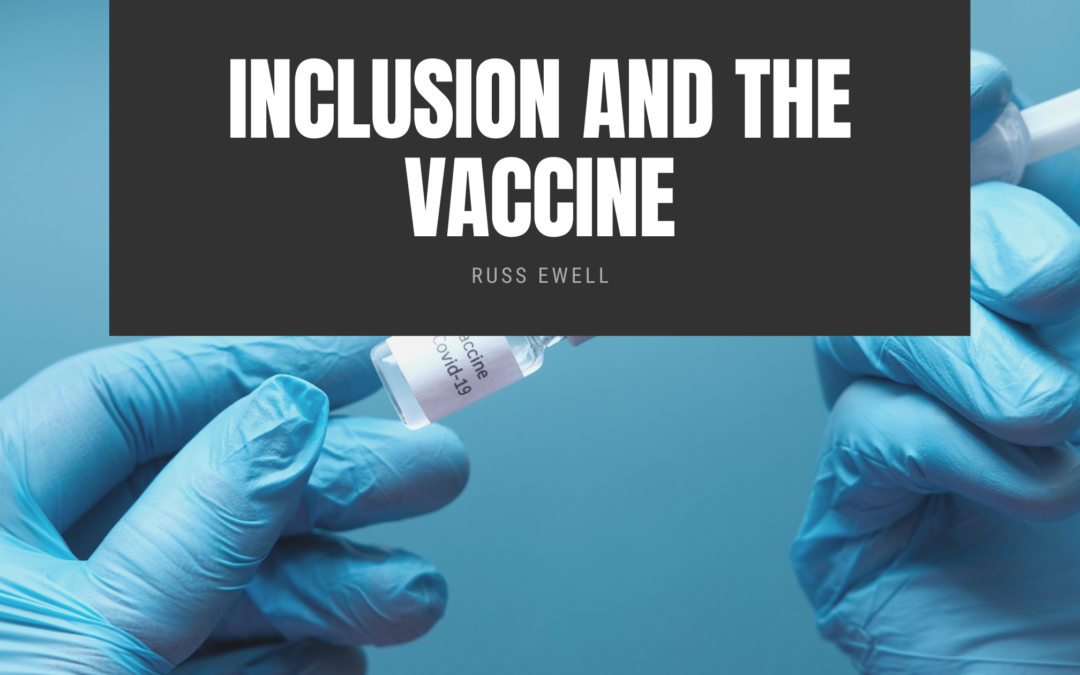Since the beginning of the COVID-19 pandemic, certain populations in the United States have been disproportionately affected due to a general distrust in the COVID-19 vaccine, health practices that do not serve the population adequately, and socioeconomic conditions that put them at greater risk.
The indigenous, African American and Latinx communities in the United States suffered from high rates of virus transmission and death, which emphasizes the need for inclusion in vaccine trials and dissemination. Johns Hopkins University asked Moderna, one of the manufacturers of the COVID-19 vaccine, to slow their rapid recruitment and focus strategically on recruiting members from the black, Latinx, and indigenous communities instead.
Black and African Americans have infection rates of 62/10000 people, the Latinx community with 73/10000 people, with Caucasians having an infection rate of around 23/10000 people. Vaccine efficacy is important to test in heavier hit communities because it is a more accurate depiction of the vaccine’s success. It should be noted that testing in non-white communities is not because of a perceived genetic difference or variation between races and ethnicity, but because communities of color in the United States were hardest hit.
Experts say that public health outreach efforts must be done through a social justice lens by professionals that understand certain barriers and distrust that communities may foster towards vaccines and health policies. Inclusion in vaccine distribution and testing may lay the groundwork for more trust in the future when it comes to vaccinations.
As the study of COVID-19 continues across the world, trials will become more randomized, and therefore a longer, more expensive process. This is why inclusion is imperative right now.
Another that medical professionals are disseminating the vaccine is in sensory-friendly environments. Developed with the help of special education teachers, these sensory safe rooms are ideal for vaccine recipients that may otherwise be deterred by a traditional experience in a clinic or a drive-thru vaccine setting. This includes individuals with intellectual disabilities as well as visual and auditory triggers.
These sensory-friendly rooms have shorter wait times, visual aids to help explain the vaccine, quiet areas, minimal crowding, and fewer transitions from room to room. While this is only currently happening in the Bay Area, researchers and developers hope this will catch on in other parts of the country.

